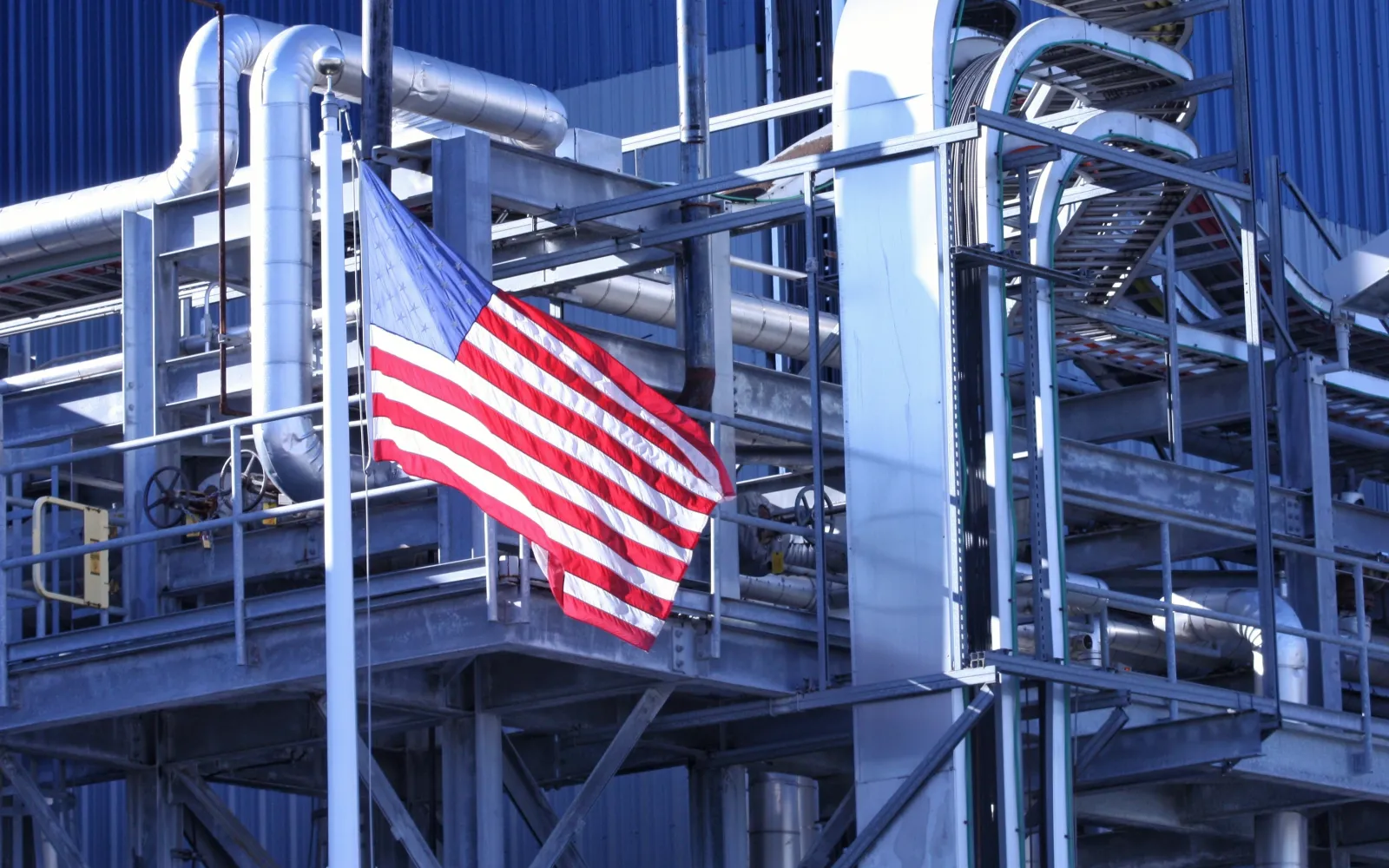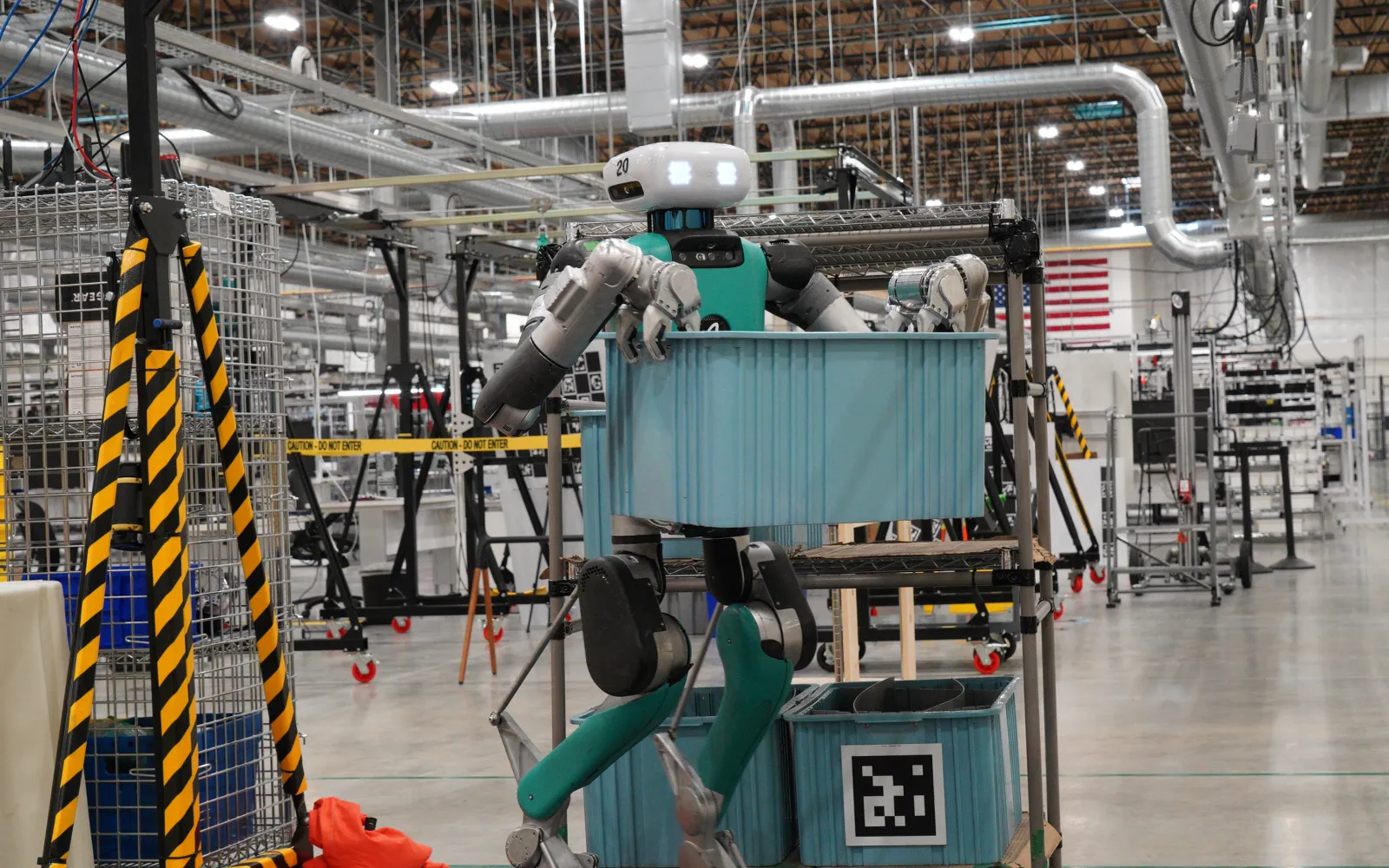

Fulfil
Automating online grocery fulfillment to lower costs
It has been difficult to keep quiet about the transformative solution Fulfil has been stealthily building. We are excited to be able to say that in a formerly nondescript warehouse in Mountain View, California, you can find the first fully automated micro-fulfillment grocery store, as described in Fulfil’s announcement this morning. It is a feat that even Amazon and Walmart recently described as impossible in the near term. Well, Fulfil has partnered with both The Save Mart Companies and one of the largest food delivery companies in the U.S. to show it can be done — accurately, economically, and with features that delight customers.
Why is this important?
Stunningly, one-third of the world’s food is wasted, meaning carbon emissions from food waste are nearly equal to those of all road transportation, combined, according to the United Nations. But even in the face of this immense, compelling need to improve the inventory management of grocery stores, the transition to online has not been easy for grocers or their customers. Grocers typically see low single-digit margins in-store and negative margins for the average online delivery order.
On the other side, customers are hit with premium pricing, missing items, limited choice, and the need to be available to hired shoppers who frequently ask about substitutions. With Fulfil, grocers are able to fundamentally shift their economics to positive. The Fulfil system ensures that the inventory presented to the customer is accurate and current, and customers pay the same prices as in-store and receive their exact order, in all product categories, including frozen. We at DCVC are particularly optimistic about micro-fulfillment’s implications for distributing fresh food from large hubs to what are currently food deserts. Everyone deserves access to fresh, affordable food.
Why is this so difficult?
It is no simple feat to build robotics systems that handle thousands of SKUs seamlessly, working in all temperature conditions — and nor is it easy to build front- and back-end software that can manage live inventory, restocking, and bagging. For such a system to function, hardware and software need to work together from the moment a customer begins to place an order all the way through to the moment that order is bagged and ready for delivery — in an environment where many orders are being filled at once.
Fulfil leverages advanced AI, machine learning, and optical and sensor technologies to enable next-generation inventory management and quality control. Within the warehouse, Fulfil’s proprietary dispense stations handle any grocery item with computer-vision precision, and sensor fusion algorithms confirm that every item is packed successfully. Fulfil’s mobile robots split and sequence items to prevent damage and minimize pack time, while dispense stations redistribute inventory to balance load. A database tracks every item’s location, origin, and expiration for a new level of real-time inventory management that enables perfect order accuracy and minimizes waste.
Today, we proudly announce Fulfil’s $60 million Series B funding, led by Eclipse with participation from prior leads DCVC and Khosla Ventures. This is a prime example of a DCVC company using deep tech to tackle a trillion-dollar problem, to the benefit of local communities, globally. Huge congrats to CEO and President Mir Aamir and the entire Fulfil team.
Kelly Chen is a Partner at DCVC and a board member at Fulfil. Matt Ocko is a co-founder and Managing Partner of DCVC.
P.S. If you live near Mountain View, you can get free 1‑hour grocery delivery fully automated by Fulfil at https://luckynow.com/




